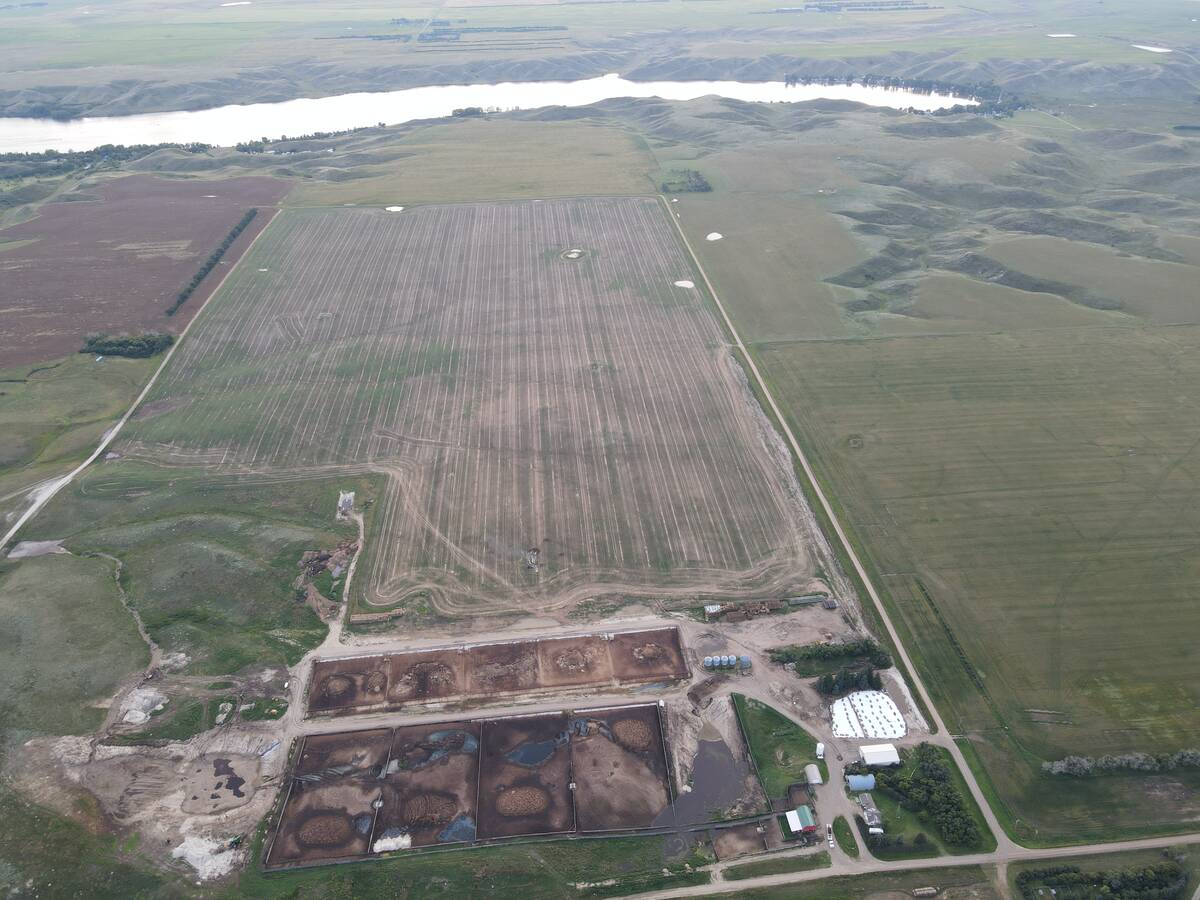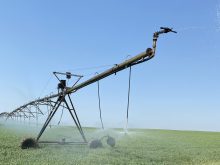RED DEER (Staff) – At Jeff True’s farm in New York state, bovine somatotropin has been a part of the management program for a year.
It has brought cows back into production that ordinarily would have been culled and it has increased their rolling yearly average to 24,000 pounds of milk. His 300 cows have increased their milk by as much as 15 pounds a day, said the New York farmer.
The True family farm co-operated with Monsanto in BST studies dating back to 1988. When the hormone was approved for commercial use in February 1994 they decided to inject their cows with Posilac. Two-thirds of the herd is receiving injections at any time, said True who was invited to participate in a session on BST during the western dairy seminar in Red Deer.
Read Also

Saskatchewan RM declines feedlot application, cites bylaws
Already facing some community pushback, a proposed 2,000-head cattle feedlot south of Swift Current, Sask., has been rejected for a municipal permit, partly over zoning concerns about the minimum distance from a residence.
For his farm, BST is part of an overall management plan as they are constantly rebuilding, investigating new feeds and looking for more “cow comfort” – all of which leads to better milk production. Part of their program includes pushing more dry matter into cows for increased production.
“Feed bunk management is the key to BST success or failure,” he said. “If you are not on top of what they’re eating, then you probably shouldn’t be using BST in the herd,” said True.
Cows in good condition
When selecting cows as BST recipients, producers look for functionally sound animals that are healthy and don’t have problems with chronic mastitis infection.
Overall body condition appears better throughout each lactation and cows dry off easily.
In this large herd, BST has allowed True to keep cows longer, saving on replacement heifer costs. Cows who abort or are getting old will receive a second lease on life with BST injections because it keeps milk production up and reduces cull rates to 22 percent from 30 percent.
At True’s farm BST treated cows’ milk output peaks between 10 and 12 days in the 14-day cycle. If they’re not retreated it clears the system after 21 days. Variations in production even out after five or six injections, he said.















